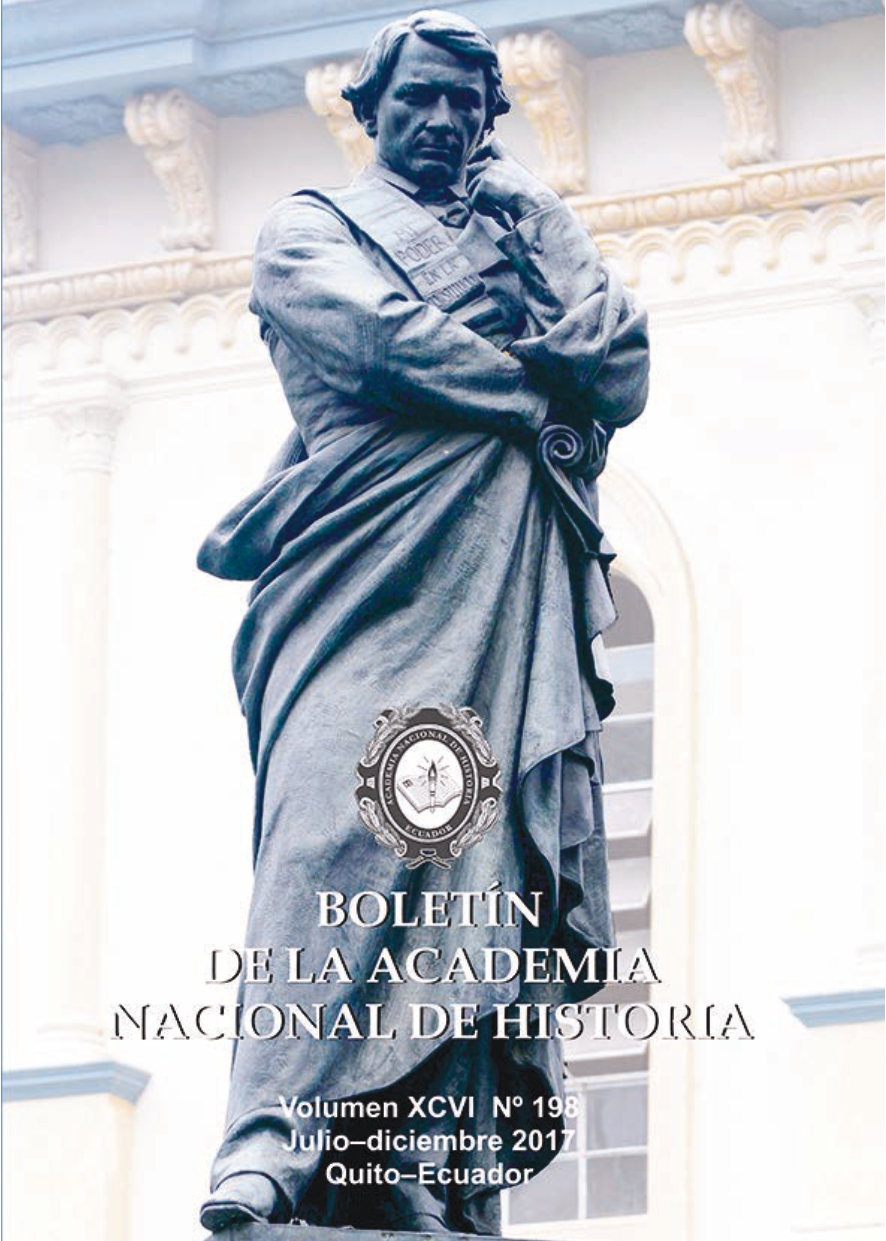INSURGENCIA RADICAL Y REBELIÓN DE LA PLEBE EN EL QUITO REVOLUCIONARIO, 1810-1812
Keywords:
plebe quiteña, popular sovereignty, Jacobinism, neighborhood insurgencyAbstract
The first chapter of the work deals with the context of the insurrection process in the terms indicated above. Presenting the elements related to the Bourbon reforms and the popular insurrections of the old regime, whose characteristics illuminate the events of 1810. Just as the conditions under which the destructuring of the Spanish colonial regime and the insurrection of the SpanishAmerican colonies occur. In which wobbles a complex balance between the system of domination and social dissolution.
In the second chapter, the presence of the plebs in the political scene of the second Board of 1810 and its political motivations in the process are specifically addressed. Highlighting the division of revolutionary forces in the presence of the mob in the streets, the preponderance of the radical creole elements, the relevance or not of clientelism. In this part we will consider the visions that authors like Alonso Valencia and Martin Michom have, on that political conjuncture, as well as the evaluation of the autor.
In the third chapter, the revolutionary climax of 1812 is highlighted, with intense plebeian mobilizations and events that precede the defeat of the insurgent troops in the face of the realist reaction directed by Toribio Montes. Here it is explained how the popular mobilizations of: mestizos, indigenous and mulattos would work, in the general frame of the urban insurrection and under the direction of tribunes of the plebs and caudillos.
In summary, this paper attempts to demonstrate the process of how the popular sector was not part of the political process of the elites, but maintained a permanent presence in order to promote their interests in the midst of a complex fracture of the political system. colonial domination and, close to a radical and popular Republican group, whose motto was “Neither Madrid nor Rome.” To achieve this objective, then quickly, the political phenomenon is contextualized, its frame of reference is defined and a microhistory analysis is carried out, which selects the relevant events of the process.
Downloads
Published
How to Cite
Issue
Section
License

This work is licensed under a Creative Commons Attribution-NonCommercial-ShareAlike 4.0 International License.









